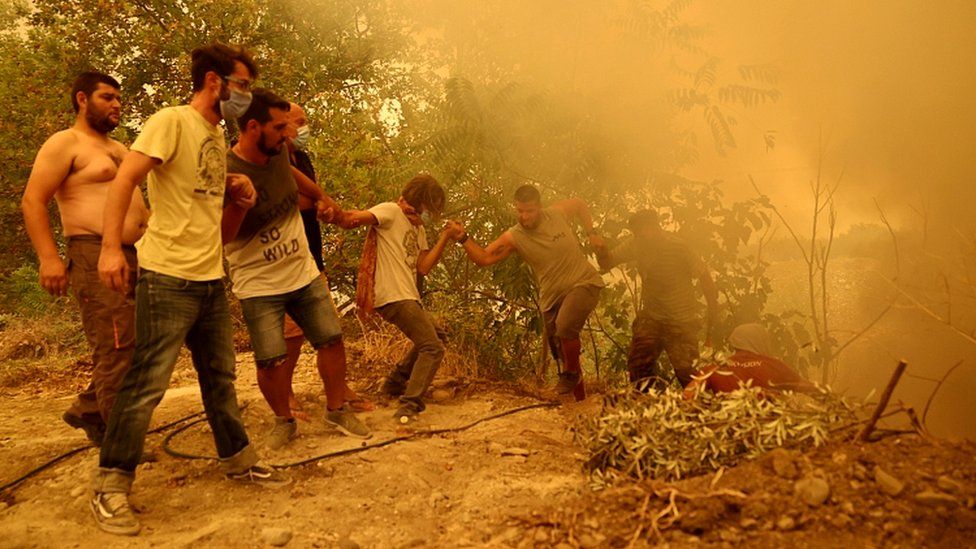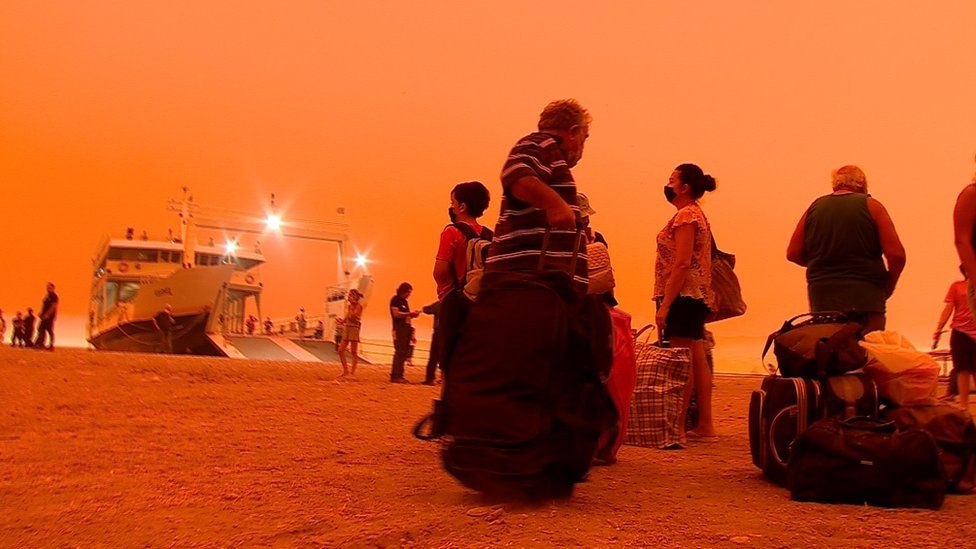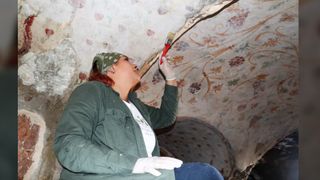A team of archaeologists uncovered three bronze shields and a bronze helmet that were buried under more than 20 feet of castle rubble at the site of Ayanis Castle in eastern Turkey.
The artifacts are roughly 2,700 years old, and decorations on the helmet point towards the discoveries likely being ceremonial gifts offered to a god or royalty.
According to social media posts from Mehmet Nuri Ersoy, minister of Culture and Tourism of the Republic of Turkey, archaeologists found the artifacts during excavations of the city of Ayanis, the last and largest city of the Urartu Kingdom, an ancient civilization of Anatolian history. READ MORE...
According to social media posts from Mehmet Nuri Ersoy, minister of Culture and Tourism of the Republic of Turkey, archaeologists found the artifacts during excavations of the city of Ayanis, the last and largest city of the Urartu Kingdom, an ancient civilization of Anatolian history. READ MORE...








 SOURCE,GETTY IMAGES
SOURCE,GETTY IMAGES



